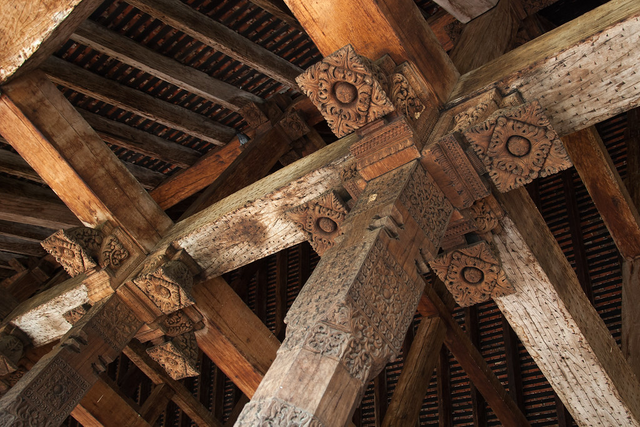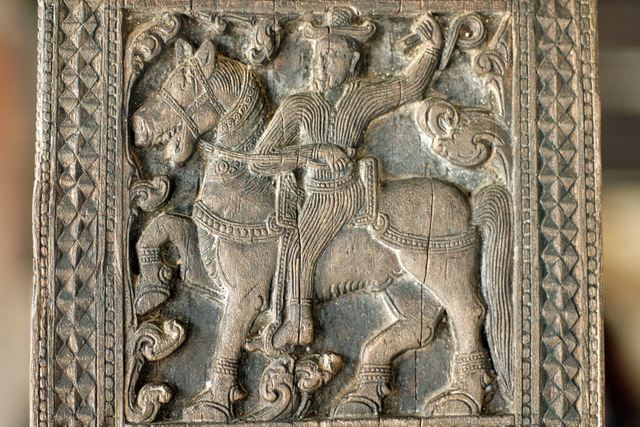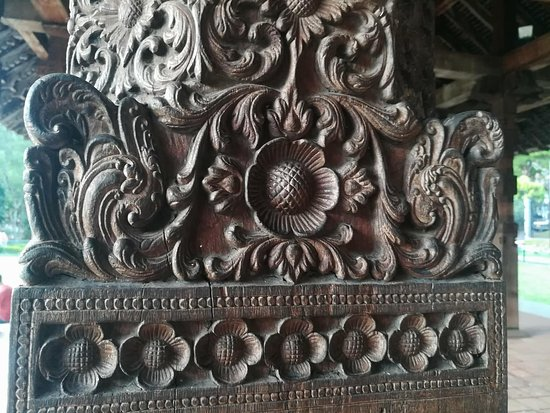Wood carvings with archaeological value and their details
Hello Wonderful Steem Community,
Today also I decided to share our historical & cultural industry with goes to the history. Guys, Carving is a form of removing small portions of a solid. If these solids are stones, the craft is called carving and when the solid is wood, the craft is called wood carving. Engraving is a decoration or reflection of an artistic idea. The art of engraving is no easy feat. The main reason is that something that was once faulty or unnecessarily engraved cannot be recreated. Closures to a faulty or faulty placement are reasons that reduce the value of the engraving.

Image Source :magul maduwa
You should also ask why wood carvings are used. Often displayed in carvings and in public places where ideas for mere enjoyment. Wood carvings are also used to reflect religious rituals in religious places. Wood carvings can also be used to decorate walls, doors, doors, furniture etc.
Wood Carving Art
Many of Sri Lanka's historic architectural designs are made of wood. The use of timber by architects to construct royal and sacred buildings dates back to ancient times. The history of wood carving, not only in our country but in almost every other country, has been left to live up to the fact that it has long been studied. The reason for this is not the lack of ancient wood carvings, but the fact that the wood is fast decaying.
In the case of the wooden statues and the organs of the slightly larger metal statues, the lower limitations were imposed, for the most part, because they were made in parts and then joined together. But there is little evidence of world wood carving. But by the time of the Kandyan era, many examples of buildings and structures have been made of excellent wood. We can only see the remnants of timber in the most recent history. There are three main types of wood carvings in Gampola and Kandy period. That
Architecturally
As engraving
As individual creations.

Image Source: Embekke carvings
Royal, sacred and general buildings such as these can be shown. The carvings of the entire cottage can be seen at the Embekke Temple and the Magul Maduwa. Places like Ambalam can be regarded as worldly creations. Carvings can be found at Panawitiya Ambalama, Godamunna Ambalama, Padiwita Ambalama in the middle of a paddy field in Matale.
Nevertheless, carvings, bronze figures and murals indirectly help to study the historical status of carvings in Sri Lanka. A review of them can help you understand the history of wood carving. Cultural awakening in Sri Lanka following the arrival of the Great Depression has resulted in many advanced industries in the country. The cultural awakening of this period is evident from the fact that there was a flourishing timber industry and a group of advanced carpenters.

Image Source: Dhaladha maligawa
The tower is the focal point of Sri Lankan architecture. One of the hallmarks of the Kandyan period architecture is its beautiful pillars. Wooden pillars are plentiful, and stone pillars were rarely used. The stone pillars were of the same shape as those of the wooden pillars, and were not of distinctive carvings. These pillars depict the influence of the pillars of South India. The magnificent wooden pillars of the city are located in the Magul Mauda. These wood carvings are also found in the Dalada Maligawa, Natha Devalaya, Vishnu Devalaya and Gedige Viharaya. The doors and doors of the buildings of the Kingdom of Kandy were decorated with beautiful carvings. Pavilions in the form of pavilions on wooden pillars are a popular feature of Sinhala architecture. During the period of Anuradhapura and Polonnaruwa, these buildings were built on stone pillars with carved wooden pillars. The Ambakeke Devalaya and the Dharma Hall of the Gangaramaya at Leewella are examples of such pavilion-style buildings. Old architects, who were concerned about the versatility and usefulness of a tower, periodically changed the shape and timber of the tower.
Most of the outstanding architectural features of the Anuradhapura period were built using stone tools. Advanced art carvings of that era have survived to the present day. Timber was also used during these times. But archaeological evidence is scarce. However, some of the holes and pits found in the basements of the stone buildings are of wooden doors and windows.
You received upvote from me
Posted using Partiko Android
@tipu curate
Posted using Partiko Android
Upvoted 👌 (Mana: 0/3)